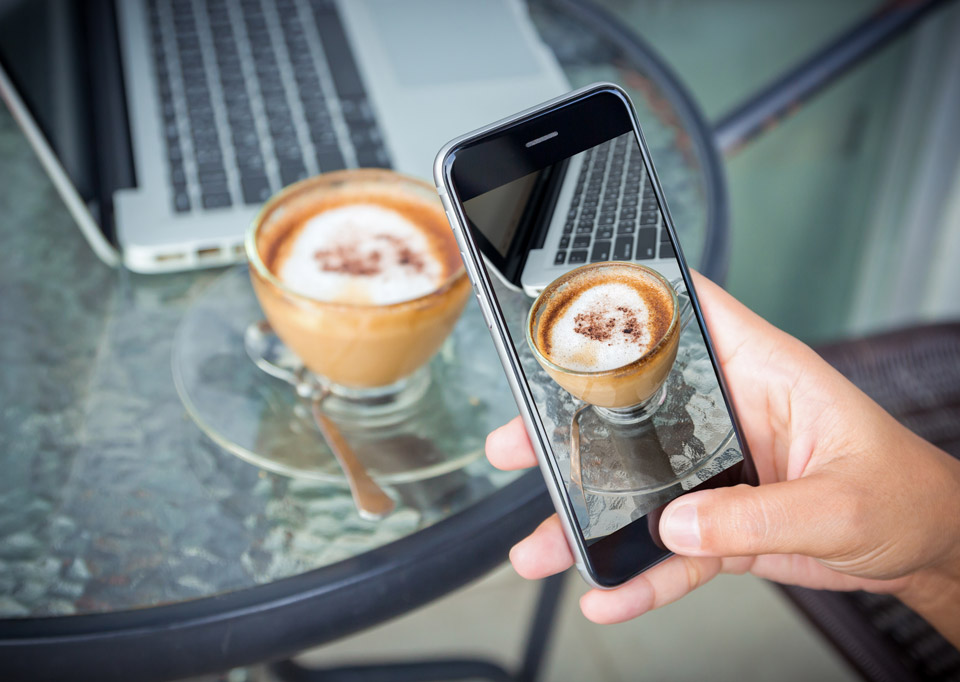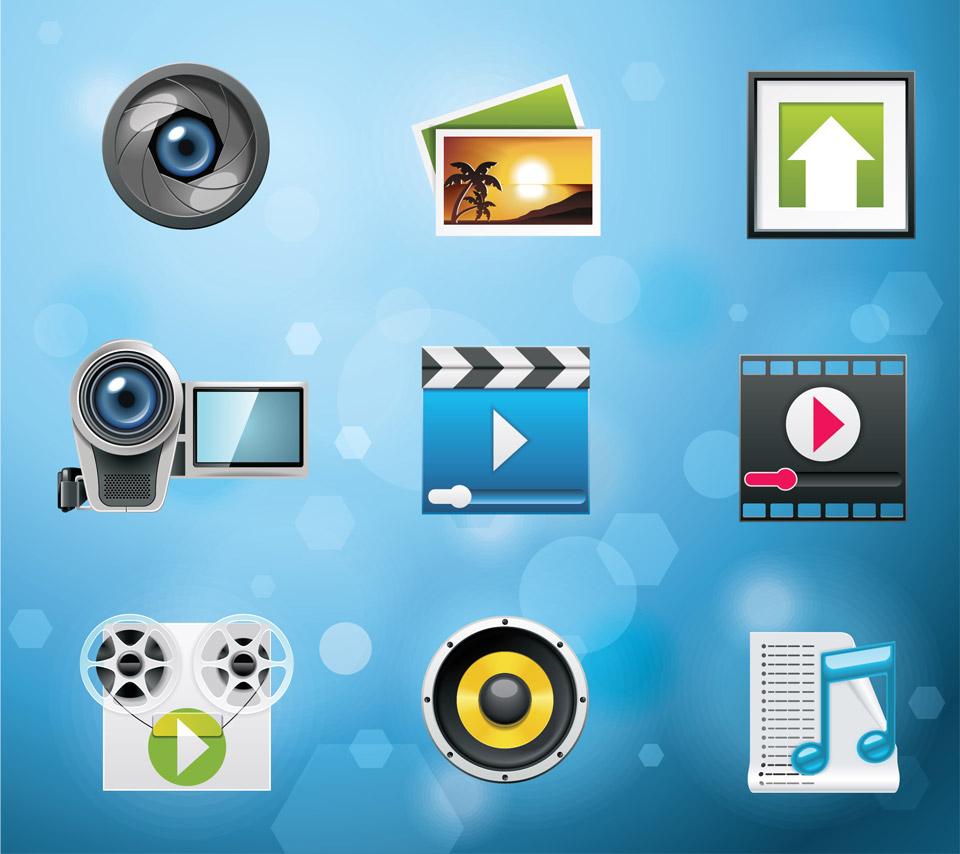
When in May 1999 Kyocera was launching the first phone with an in-built digital camera, few people imagined it would be the beginning of a photographic revolution. The model VP-210 had astonishing possibilities: resolution of 0.1 MP, which was dramatically low. But it also allowed for video chatting with the fluidity of 2 (!) frames per second. It didn’t become massively popular, but it did pave the way for instance for iPhone, which started to conquer the world eight years later.
Today, we can no longer imagine a mobile phone without a photo taking option. What’s important, the pictures have gradually better resolution. No wonder smartphones are successfully crowding out non-professional cameras from the market, and also, are taking away professional photographers’ job.
At various meetings in companies I keep hearing the question: “Can we do this project with a smartphone?” A few years back the answer would have to be negative in most cases – due to poor quality, low resolution, difficult conditions. Today, more and more often I don’t see why not.
So – yes! You can take pictures with a smartphone for magazines, for the Internet, for presentations. It all depends on the competences and experience of the person taking the pictures, and it also boils down to following several basic principles:
Make sure the lighting is right. It’s no secret that the darker it is, the more difficult it is for a non-pro to photograph a person or a scene. It would require additional lighting, which means you need higher budget and additional skills. Try to choose venues where the existing light allows you to set up the model or object favorably. You can also get creative with the use of artificial light: standing or desk lamps. Trying to set them up can be quite like setting light at a professional photo shoot 🙂 Choose perspective wisely. In other words – show in the picture what is most relevant and justified by the composition. “Cutting off” limbs, ears or other body parts can be artistically justified, but think twice before you choose to do so.
Choose perspective wisely. In other words – show in the picture what is most relevant and justified by the composition. “Cutting off” limbs, ears or other body parts can be artistically justified, but think twice before you choose to do so. Use the options available on your smartphone. High-class smartphones offer so called effect preselect, which means you can choose a filter, character/mood of the photo. One example can be so called depth effect, known to the owners of the latest iPhone models. Bokeh makes the picture look as if it was taken with a far more advanced equipment.
Use the options available on your smartphone. High-class smartphones offer so called effect preselect, which means you can choose a filter, character/mood of the photo. One example can be so called depth effect, known to the owners of the latest iPhone models. Bokeh makes the picture look as if it was taken with a far more advanced equipment.
Use the exposure parameters regulation options. With big differences in light at the set (very bright parts next to very dark ones, too much contrast), most smartphones enable you to choose by hand the fragment of the frame, for which the camera will choose the best exposure value. But don’t forget that it’s much easier to light up the parts that are too dark in editing than to darken those which are overexposed. In some cases, it can even be impossible.
After you take a picture use an app allowing you to edit the picture and make it ready for further use. Many models already have the basic functions available.
Kategorie: school of contentic